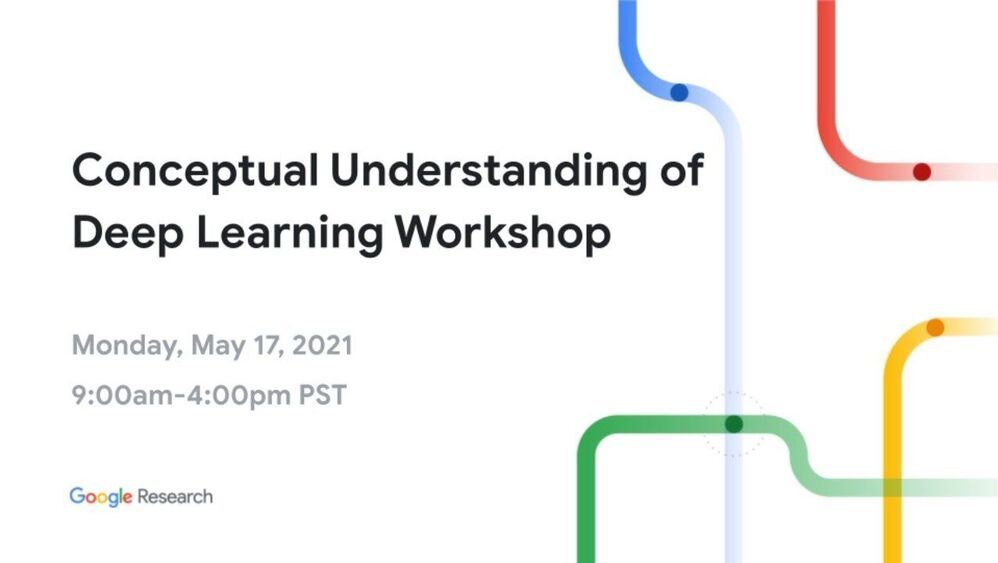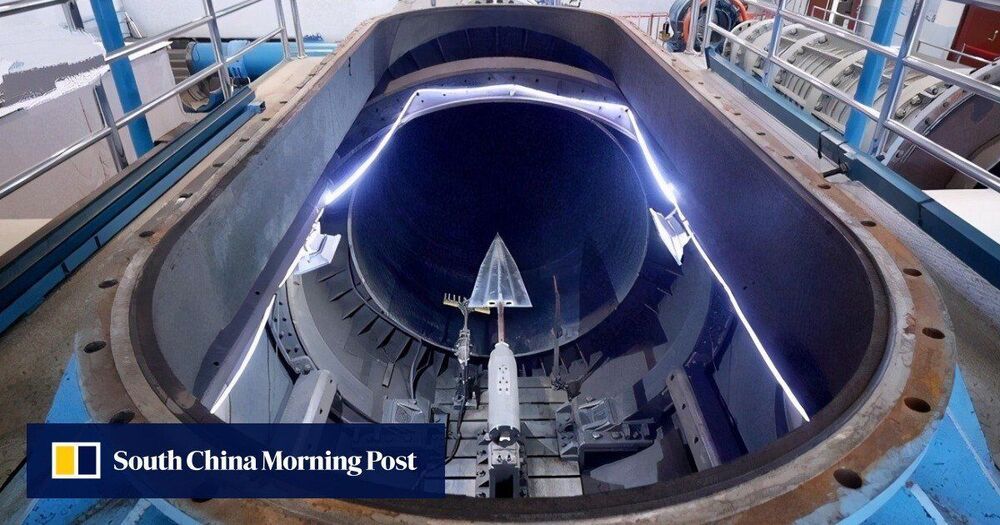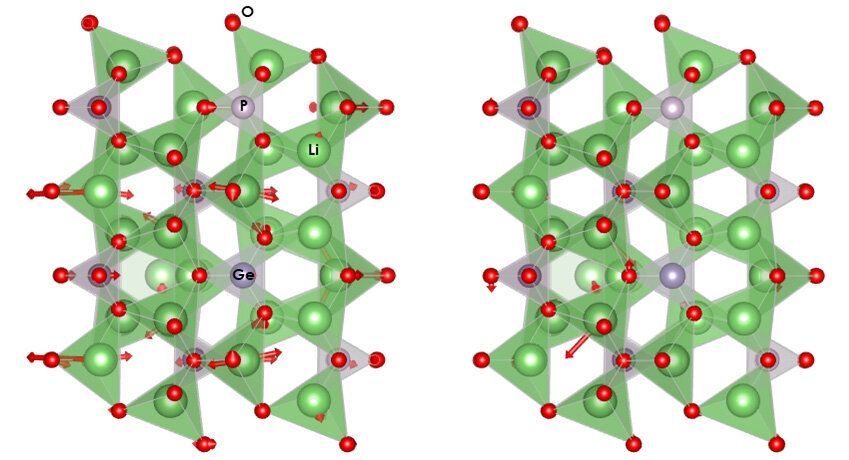
The Japan Aerospace Exploration Agency (JAXA) has announced on its website that the agency has plans to put a Transformable Lunar Robot on the moon. In their announcement, they note that the goal of the robot deployment is to learn more about the surface of the moon as part of preparation for the deployment of a future crewed rover.
JAXA has made clear its aim to be part of establishing a permanent crewed presence on the moon, and as part of that, the agency has developed a lunar lander and is working on a rover. The lander, officially called the ispace lunar lander, has been designed to be a generic host for multiple entities. Customers planning to use the lander include the Canadian Space Agency and The Mohammed Bin Rashid Space Center. JAXA is developing a rover as well, which it plans to send to the moon in 2029. The lander will be launched aboard SpaceX rockets.
As part of their effort to develop a rover, JAXA has commissioned a team from the toy manufacturer, Tomy Company, Sony Corporation and Doshisha University to build a small lunar robot to test dust conditions on the moon. The design of the robot involves making use of transformable technology to save space in the lander—during launch it will be shaped like an 80 mm diameter ball (and will weigh just 250 g). After deployment on the moon, it will push itself into two halves with a connecting axle between them—the separated halves will then serve as wheels to allow the robot to move around on the surface.

















